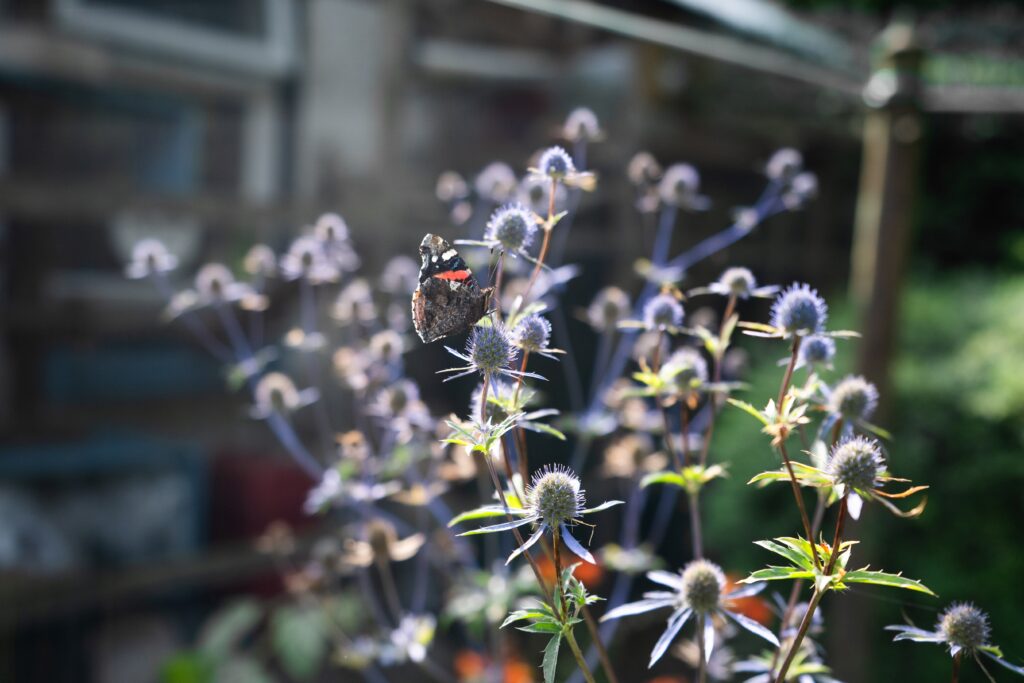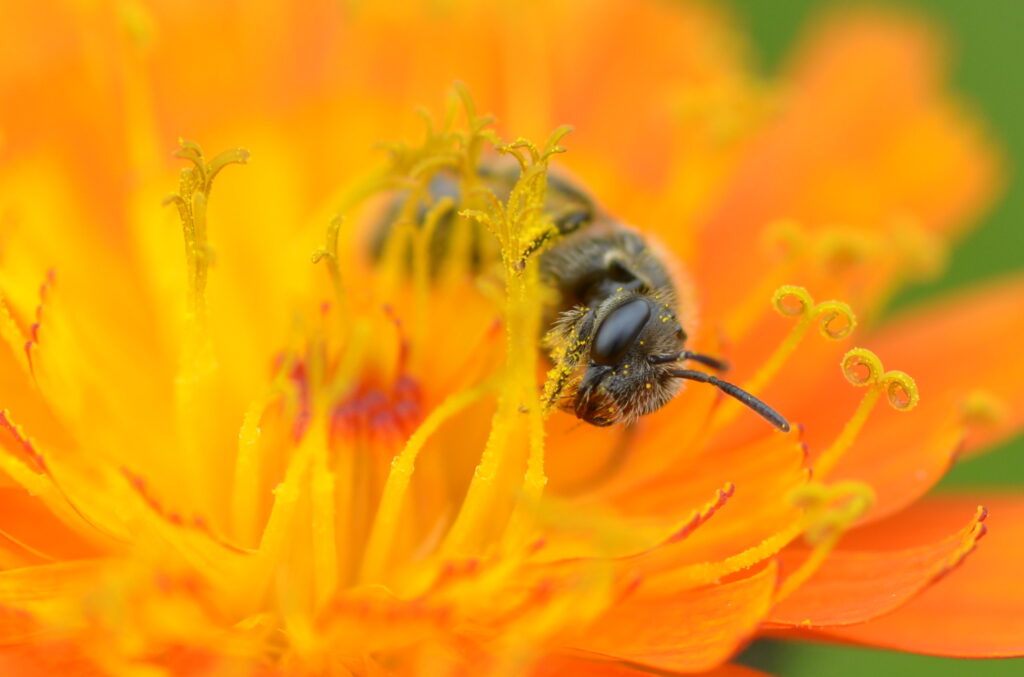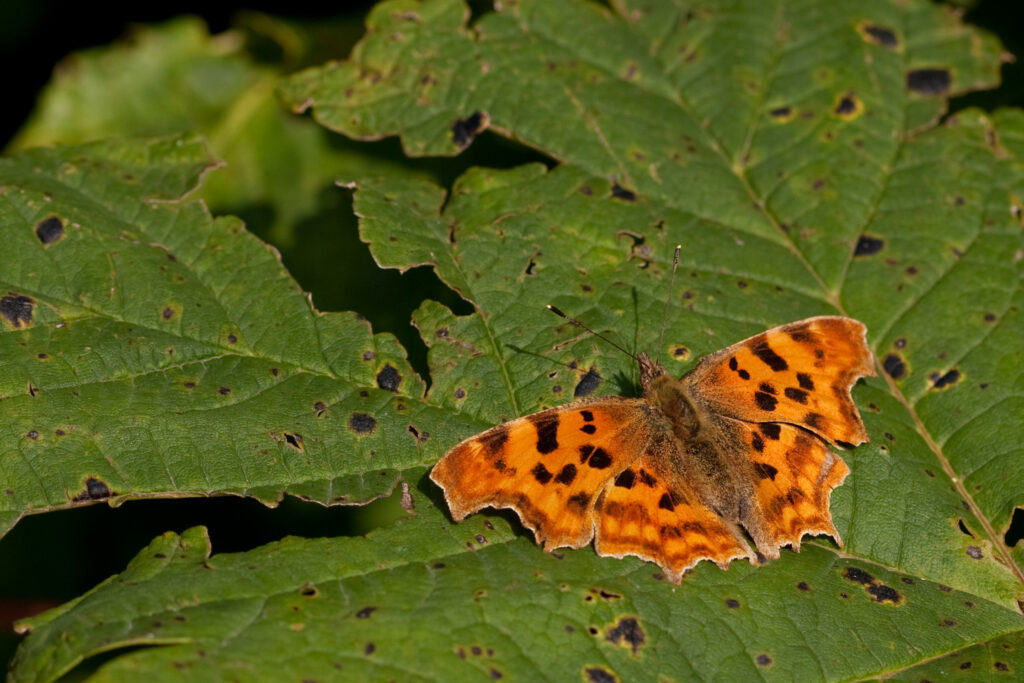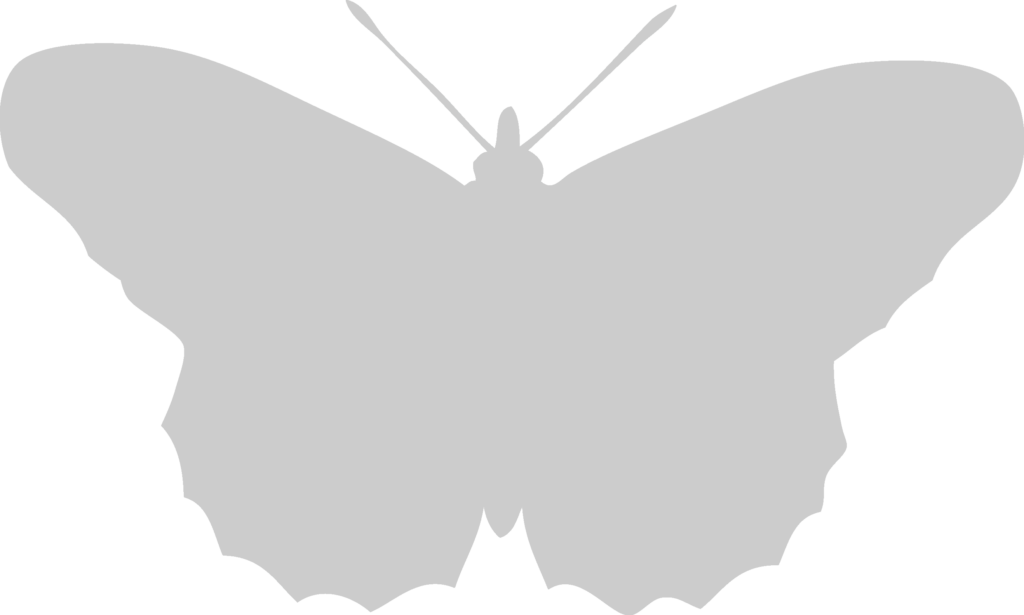A pollinator is anything that helps spread pollen between plants. It’s estimated that 84% of all crops and 80% of wildflowers rely on insect pollination! Despite this, pollinators are facing huge threats. From loss of habitat to increased chemical use, pollinators need our help.
Things to consider…
- Pollinators come in all shapes and sizes! There are around 1,500 different species that are considered pollinators in the UK. These range from the well-known bees and butterflies to moths and even beetles! Estimates suggest insect pollination is responsible for every third mouthful of food we eat!
- Plan your planting! When you are thinking about what to plant, aim for a range of nectar and pollen rich plants.
- Try to plant in blocks with groups of the same plant together as this helps pollinators recognise sources of nectar. It’s also important to have a few plants that flower in early spring and late autumn. This means that any early-emerging or late-lingering species will have a source of food.
- Sunny spots are ideal. Most of our pollinator species prefer sunny patches. They also need a bit of shelter to protect them from strong gusts of wind! Aim to plant in sunny sheltered areas to attract lots of pollinators.
- Pollinators need homes too! There are lots of ways to create homes for pollinators.
- Solitary bee homes are available to buy, or you can make your own. They consist of different sized tubes that solitary bees use to lay their eggs. They are also great homes for other creepy crawlies like spiders and ladybirds.
- Think about grass. Long and short grass is used by several species of bee and also provides shelter for other pollinators like butterflies and moths. A few patches of long grass and some areas of short grass are an easy way of creating shelter for pollinators.
- Uncut perennial plant stems in winter will go hollow which creates the perfect place for insects to shelter during the colder months.
- Water is important too! Water is vital for all wildlife including pollinators. If you do have a source of water already, aim to make it pollinator friendly. For ponds, some floating leaves help create perches for bees and butterflies. In smaller patches of water like bird baths or mini-ponds, a few large rocks do the same job. Place the rocks so just a bit is above the water and visiting pollinators can have a drink.
- Go organic. Instead of using harmful chemical like pesticides, try encouraging natural predators. Frogs, toads, hedgehogs and blackbirds all eat slugs and snails. While ladybirds, lacewings and hoverflies eat aphids! Relying on natural predators removes the need for chemicals which can be lethal to pollinators.
Useful links



- Butterfly Conservation have a number of resources available on their website. There are identification guides as well as tips on gardening for butterflies. They also have a useful guide to picking plants that are nectar rich and are ideal for butterflies. Finally, they have a handy list of plants that each species uses as a food source for their caterpillars.
- Bumblebee Conservation Trust have some brilliant resources on their website.
- Plantlife have a fantastic wildflower species database as well as planting tips.
- The Natural History Museum have a useful guide on making your own butterfly feeder. They also have a guide for making your own solitary bee hotel.
